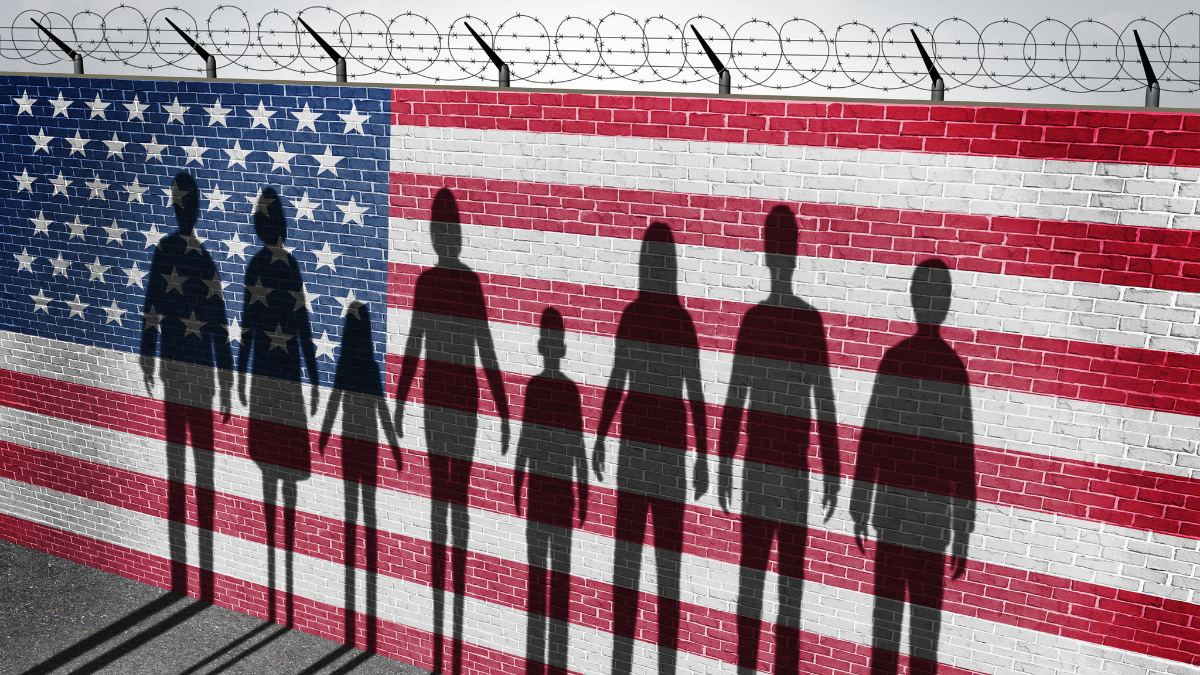According to a March 2018 Center for Global Development working paper by the economist Lant Pritchett, the least you can do for the world’s poor—leaving them alone and letting them move to rich countries to work—will help them a lot more than the best you can do for the world’s poor in the form of programs and interventions and development aid. In spite of all of our great intentions and noble endeavors, the world’s poor would be far better served if we simply left them alone to move to and work in rich countries.
At EconLog, Bryan Caplan argues that Pritchett’s paper “should be required reading for every Effective Altruist.” I agree, and I would carry it a step further: anyone who thinks himself or herself serious about addressing and alleviating global poverty should read Pritchett’s paper and wrestle with its arguments. After years of searching high and low for ways wealthy donors, governments, and NGOs from rich countries can make poor people wealthier and healthier, we’ve found...not a whole lot. Some things (like giving cash) work at least a little bit, but not much has been particularly transformative.
But then there is immigration, which the economist Michael Clemens of the Center for Global Development has called “The Biggest Idea in Development That No One Really Tried.” In a 2011 article in the Journal of Economic Perspectives, Clemens argues that the gains from easing up on immigration restrictions are trillion-dollar bills on the sidewalk waiting to be picked up.
As Pritchett explains, “simply allowing more labor mobility holds vastly more promise for reducing poverty than anything else on the development agenda.” Digging latrines and wells? Great. De-worming programs? Fantastic. Better schools? Wonderful. However, the effects of even highly-effective interventions pale in comparison to what could be achieved by allowing greater international labor mobility.
Pritchett crunches the numbers and arrives at a dizzying conclusion: the gains to immigrants from moving to rich countries and working at prevailing wages are orders of magnitude larger than the gains they could enjoy from successful interventions that would increase their lifetime earnings by (say) ten percent per year. Pritchett puts it this way in one example (p. 14):
“...as a way of helping the global poor either you can spend $4,545 dollars and produce annual income gains of $344 (and again this is not the average case but near the best case) or you can produce annual income gains of $17,115 for free.”
Free? in what sense? There’s no free lunch, but instead of spending money to raise the poor’s incomes by a little bit we can simply get out of their way and let them raise their own incomes by a lot. $17,115 is roughly fifty times $344. The benefit to potential immigrants from moving to a rich country and getting a job exceeds the benefit from a successful, $4,545 intervention by a factor of fifty. That’s not 50% compared to (say) 10%. That’s 5,000 percent, per year, forever—with the kicker being that workers in immigrant-receiving countries are better off on net because of higher productivity and a more extensive division of labor. Hence Pritchett again (p. 27):
“A relaxation of these restrictions could produce the largest single gains in global poverty of any available policy, program, or project action.”
That’s putting it mildly. Even if Pritchett’s estimates are off by a factor of ten, his conclusion still stands. If we are serious about helping the poorest people in the world, we need to get serious about dropping immigration barriers.









